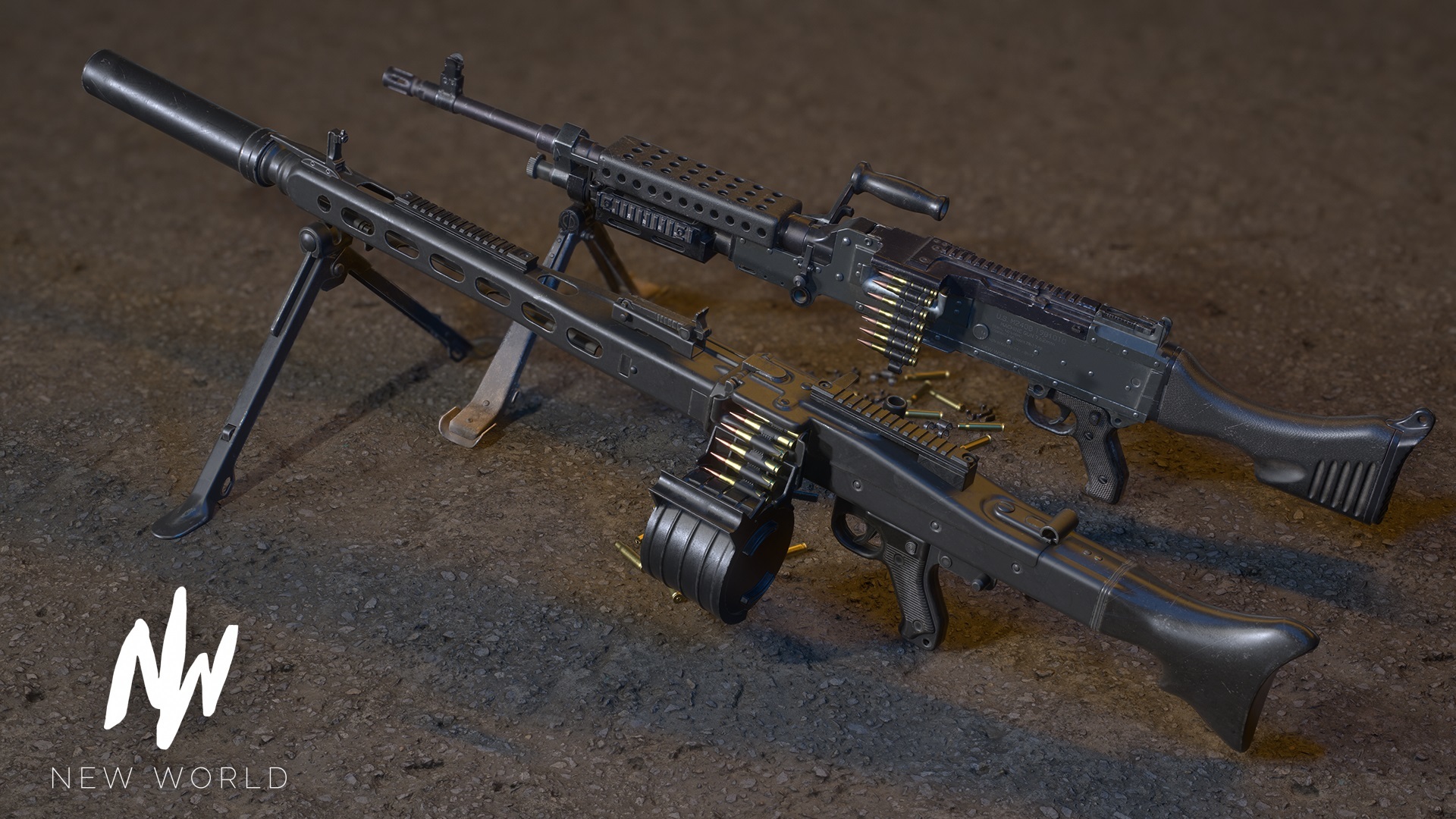
They pioneered fertilizer bombs using ammonium nitrate and developed several recipes or their own such as 'Donegal Mix' or ANNIE – ammonium nitrate, nitrobenzene and diesel. Gelignite was also adopted as soon as it became available.īut the IRA also excelled at home-made explosives. Within two years of the invention of dynamite, Clan na Gael were starting to use it, and the subsequent campaign against the British was known as the "dynamite war." The new explosive was powerful, portable and stable, making it ideal for terrorist bombings. Oppenheimer repeatedly shows how the Irish were highly adept at picking up the latest technology.

As well as mortars, AR-15 Armalites (the IRA's favorite), booby-traps and letter-bombs there is even a partially-completed torpedo, intended for use against patrol boats. He visits the headquarters of the Irish police in Dublin to see their unique museum of IRA weapons.

Oppenheimer really did his homework for this book, interviewing not only former bomb disposal officers but also individuals associated with the Irish Republican Army. And it examines the deadly, technological game between the bomb-makers and the authorities who sought to stop them across the course of some 19,000 bombings. Subtitled "a history of deadly ingenuity," it gives and detailed insight into how the improvised explosive device was developed by the world's most proficient insurgent group.

In particular, it describes the bombing campaigns, from the first gunpowder blast at Clerkenwell in London in 1867 to the immense "city destroyers" of the 1990's. Oppenheimer, is a history of the long war fought by Irish insurgent groups it has some vital lessons for the current conflicts.


 0 kommentar(er)
0 kommentar(er)
